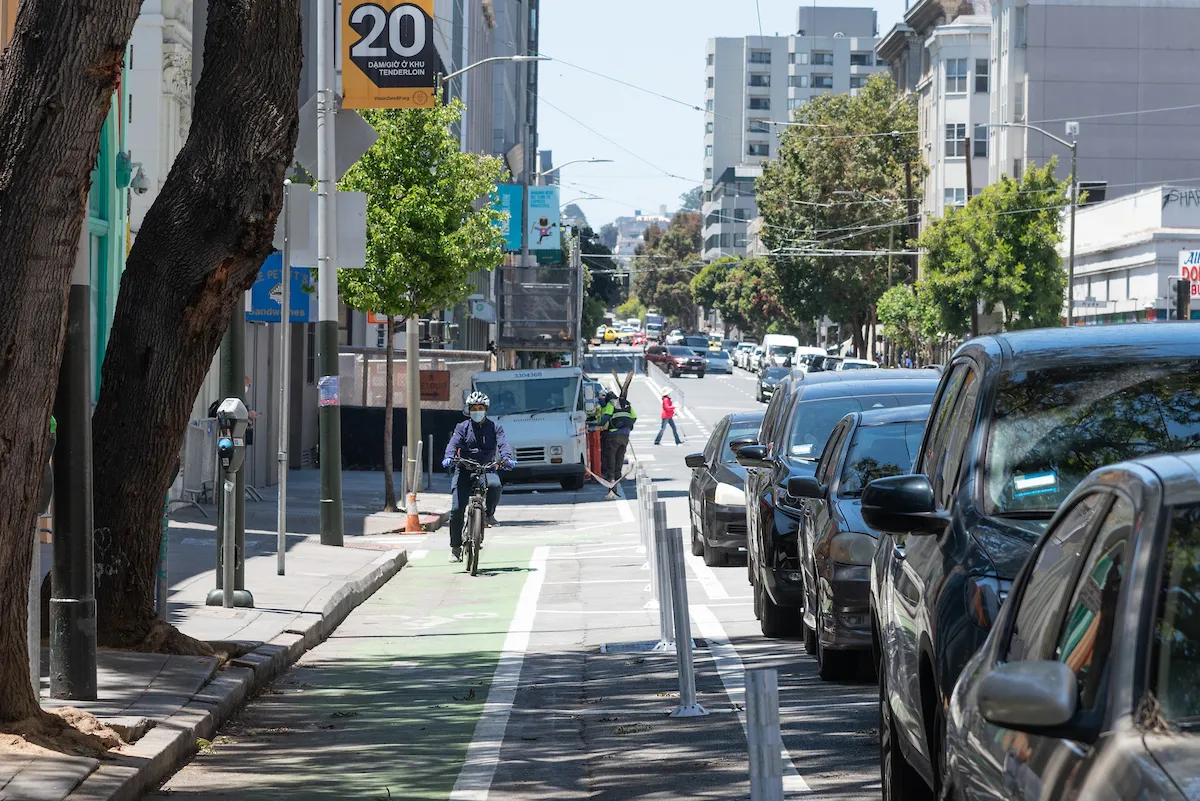The City of Edmonton in the Alberta province of western Canada has a system in place which American Traffic Solutions (ATS) believes exemplifies how a road safety camera programme should be operated.
Edmonton’s programme began in September 1999 with six cameras rotating through 12 locations. Nearly 10 years later, at the beginning of 2009, provincial legislation was passed allowing police agencies in Alberta to use road safety cameras to enforce both red light and speed infractions.
March 16, 2012
Read time: 3 mins
The City of Edmonton in the Alberta province of western Canada has a system in place which 17 American Traffic Solutions (ATS) believes exemplifies how a road safety camera programme should be operated.
Edmonton’s programme began in September 1999 with six cameras rotating through 12 locations. Nearly 10 years later, at the beginning of 2009, provincial legislation was passed allowing police agencies in Alberta to use road safety cameras to enforce both red light and speed infractions. In Edmonton, cameras capture red light violations and speed violations not only during the red phase, but also through the green and amber (yellow) phases.
That same year, Edmonton signed up a new vendor to upgrade and expand the city’s enforcement technology. Speed and red light safety cameras from ATS began operations in November 2009, yielding immediate results. From 2009 to 2010, intersection injury collisions decreased by 124 and fatalities fell from 15 to 13, according to the Edmonton Office of Traffic Safety. Although intersection crashes rose 2.7% in 2010, total collisions across the city decreased and the number of people injured fell to a 15-year low. Even more remarkable is the fact that these declines occurred despite continuous growth in the size of Edmonton’s population, vehicle ownership and road network.
Further analysis is needed to fully quantify the connection between changes in collisions and the use of red light and speed safety cameras. But it’s fair to say that Edmonton continues to experience a reduction in fatalities, injuries and collisions based on a speed management continuum, with automated enforcement and selection of sites for intersection safety cameras and photo radar equipment conducted through a rigorous scientific methodology.
In the United States, the lifesaving effects of red light safety cameras gained new recognition in 2011. Research from the Insurance Institute for Highway Safety found red light cameras reduced fatalities by 24% in 14 of the largest populated US cities in a five year period. Had all 99 large US cities used red light safety cameras, 815 deaths could have been prevented.
Edmonton’s success does not rest entirely on technology. The city believes that the key to reducing traffic violations is constant effort to increase public awareness of the dangers of red light running and excessive speed, through education and accepted enforcement techniques. The Edmonton Police Service emphasises how road safety cameras supplement, rather than replace, regular enforcement activities by officers. Results prove the city is on the right track to making its community safer. It’s a model to be studied.
Edmonton’s programme began in September 1999 with six cameras rotating through 12 locations. Nearly 10 years later, at the beginning of 2009, provincial legislation was passed allowing police agencies in Alberta to use road safety cameras to enforce both red light and speed infractions. In Edmonton, cameras capture red light violations and speed violations not only during the red phase, but also through the green and amber (yellow) phases.
That same year, Edmonton signed up a new vendor to upgrade and expand the city’s enforcement technology. Speed and red light safety cameras from ATS began operations in November 2009, yielding immediate results. From 2009 to 2010, intersection injury collisions decreased by 124 and fatalities fell from 15 to 13, according to the Edmonton Office of Traffic Safety. Although intersection crashes rose 2.7% in 2010, total collisions across the city decreased and the number of people injured fell to a 15-year low. Even more remarkable is the fact that these declines occurred despite continuous growth in the size of Edmonton’s population, vehicle ownership and road network.
Further analysis is needed to fully quantify the connection between changes in collisions and the use of red light and speed safety cameras. But it’s fair to say that Edmonton continues to experience a reduction in fatalities, injuries and collisions based on a speed management continuum, with automated enforcement and selection of sites for intersection safety cameras and photo radar equipment conducted through a rigorous scientific methodology.
In the United States, the lifesaving effects of red light safety cameras gained new recognition in 2011. Research from the Insurance Institute for Highway Safety found red light cameras reduced fatalities by 24% in 14 of the largest populated US cities in a five year period. Had all 99 large US cities used red light safety cameras, 815 deaths could have been prevented.
Edmonton’s success does not rest entirely on technology. The city believes that the key to reducing traffic violations is constant effort to increase public awareness of the dangers of red light running and excessive speed, through education and accepted enforcement techniques. The Edmonton Police Service emphasises how road safety cameras supplement, rather than replace, regular enforcement activities by officers. Results prove the city is on the right track to making its community safer. It’s a model to be studied.









